What's Textile Waste?
Understanding the Problem and Embracing a Circular Future
Copyright 2022 The Associated Press. All rights reserved.
OVERVIEW
Untangling Textile Waste: A Primer
Textile waste encompasses discarded clothing, fabrics, and other textile products that are no longer used, often ending up in landfills or incinerators. Driven largely by fast fashion and overconsumption, this waste not only contributes to environmental degradation but also squanders the valuable resources embedded in every garment. In today’s economy, the sheer volume of textile waste represents a missed opportunity for reuse, recycling, and the transition toward a sustainable circular economy.
Below are three key challenges that illustrate the issue at a glance:
Landfill Overload
Discarded textiles can take decades to decompose, releasing methane—a greenhouse gas that is up to 28 times more potent than carbon dioxide (EPA, 2021).
Resource Intensity
The production of new textiles requires vast amounts of water, energy, and raw materials. For example, a single cotton shirt may require approximately 700 gallons of water (World Wildlife Fund, 2019).
Chemical Impact
Toxic dyes and chemicals used during manufacturing can leach into the soil and waterways when textiles are improperly disposed of, adversely affecting ecosystems and human health (Greenpeace, 2018).
ENVIRONMENTAL IMPACT
Beyond the Fabric: Unraveling the Environmental Toll
When clothing and other textiles are discarded in landfills or burned, they contribute significantly to climate change and environmental degradation. Landfills filled with textile waste generate methane as fabrics decompose—a process that intensifies global warming. Moreover, the energy-intensive production process for new textiles further exacerbates greenhouse gas emissions. The release of hazardous chemicals from textile waste not only contaminates water supplies but also disrupts local ecosystems, posing risks to both wildlife and human communities.
Efforts to reuse or recycle textiles can help mitigate these impacts. By diverting clothing from landfills, recycling reduces methane emissions and the associated environmental harm. Research indicates that a systematic shift towards clothing reuse recycling could notably decrease the environmental footprint of the fashion industry, thereby aligning with broader sustainability goals (Ellen MacArthur Foundation, 2020).
ECONOMIC & CIRCULAR ECONOMY IMPACT
Closing the Loop: Opportunities in a Circular Textile Economy
Textile waste represents a substantial economic loss. Every discarded garment signifies missed opportunities to either reuse or reclaim valuable fibers and materials. Transitioning from a linear “take-make-dispose” model to a circular economy not only conserves resources but also creates new revenue streams through reuse, recycling, upcycling, and resale. This shift is essential for reducing production costs and fostering innovation in sustainable materials management.
Furthermore, a circular approach to textiles can stimulate local economies by creating jobs in reuse and recycling and sustainable manufacturing sectors. Businesses that embrace circularity contribute to reducing environmental liabilities while also aligning with consumer demand for responsible practices. As research from McKinsey (2021) and other industry leaders shows, a robust circular textile economy can drive significant economic and environmental benefits for communities worldwide.
Did you know?
The average U.S. consumer throws out more than 70 pounds of textiles every year, with only 15% being reused or recycled.
OTHER RESOURCES
Want to learn more about textile waste?
The below resources are a great place to get started. These are some of the things we read that compelled us to work on this issue.
Articles that cover the basics.
Resource
Brief Description
The Aftermath of Fast Fashion
Boston University School of Public Health
This article discusses how discarded textiles impact landfills, the environment, and public health. Additionally, it explores the consequences of textile waste in both developed and developing countries.
California takes on fast fashion waste: a new bill puts the onus on brands to recycle
The Optimist Daily
This article discusses California's Responsible Textile Recovery Act, a landmark legislation that requires manufacturers to take responsibility for recycling their textile products.
Deeper dives.
Resource
Brief Description
Post-Consumer Textile Waste Management Practices and Circular Economy: A Systematic Literature Review
Journal of Scientometric Research
This scholarly article provides a systematic review of waste management practices in the textile sector, focusing on consumer-disposed textiles and the adoption of circular economy principles. It analyzes 58 papers published in academic journals over a 6-year period.
State of the Art in Textile Waste Management: A Review
MDPI
This review presents recent advancements in textile waste management technologies, including sorting, collection methods, and innovative recycling techniques. It also covers global policies aimed at reducing textile waste and promoting sustainable practices within the industry.
Can we help pick up your textile waste?
Keep your clothing out of landfill and in the loop.


